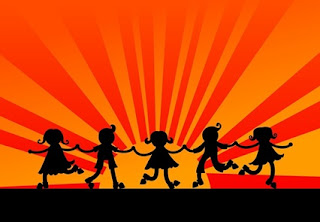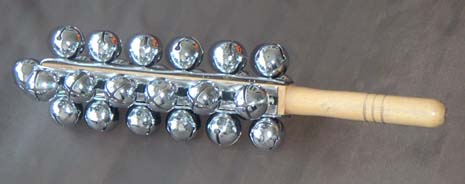Nurture Yourself
Nurture Your Students
You will receive so much love from your students
They will lift you up
They will inspire you and encourage you
You will love them in return
Everyday is a gift
Each child is a gift
You are a gift
Life is busy. We need to make a conscious effort to take care of our own
During the school day, sometimes I would play the piano in between my classes. My students knew if I was still playing the piano when they arrived, they would enter the room quietly and wait until I was finished.
Sometimes I would play one of my favorite songs through my room sound system while sitting at my desk focusing on my water fountain or making circles in my sand dish to help relieve tension, relax or refocus by giving my brain a quick break.
Sometimes you just need a little brain break in between classes yourself.
Modeling this helps your students see, understand and use the power of music to recharge, relax and refocus.
TAI CHI
Tai Chi uses slow, rhythmic, meditative movements to enhance relaxation, inner calm and peace.
I have taught my students as young as Kindergarten to use music and Tai Chi as a meditative tool.
I had a Kindergarten class who was so unfocused and so undisciplined that I gave this a try and it took! Their classroom teacher asked for a copy of the music I used so she could play it in her room. What happened was when the kids heard the music, their minds and bodies automatically relaxed and refocused on their task at hand without doing the movements!
I used music by David Lanz, Cristofori's Dream (Album)
I taught the following 3 movements to them: Around the Platter, Bass Drum and Carry the Ball Around the Platter.
The key is to adjust the speed of the movements to the natural "feeling" of the music you choose. I find the slow, meditative sounds the best.
In the following instructional videos, the moves are done at a faster speed for instructional purposes only.
Rocking Motion
Around the Platter
Bass Drum
Carry The Ball Around The Platter
Some Exercises for you
8 Minute
4 Minute
Extra Tai Chi Movements
Click on the link below
for all you do and remember to take time for yourself!
Donna Marie & Mary






























